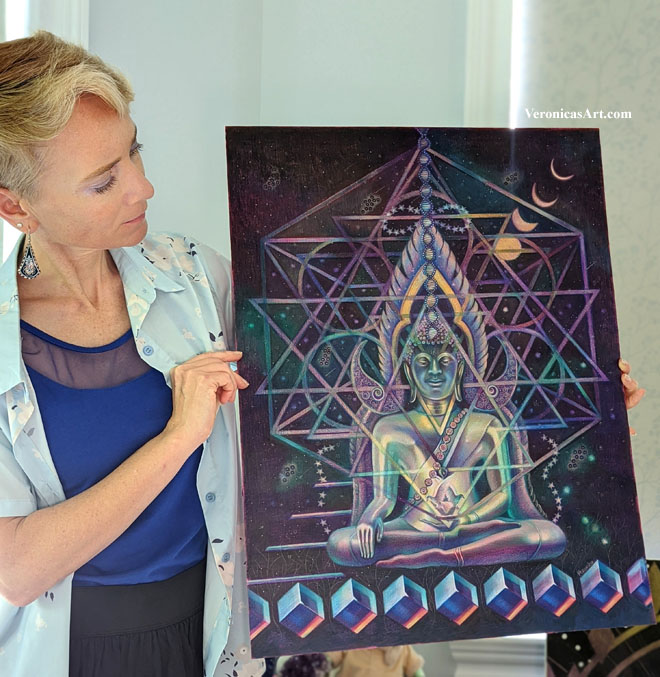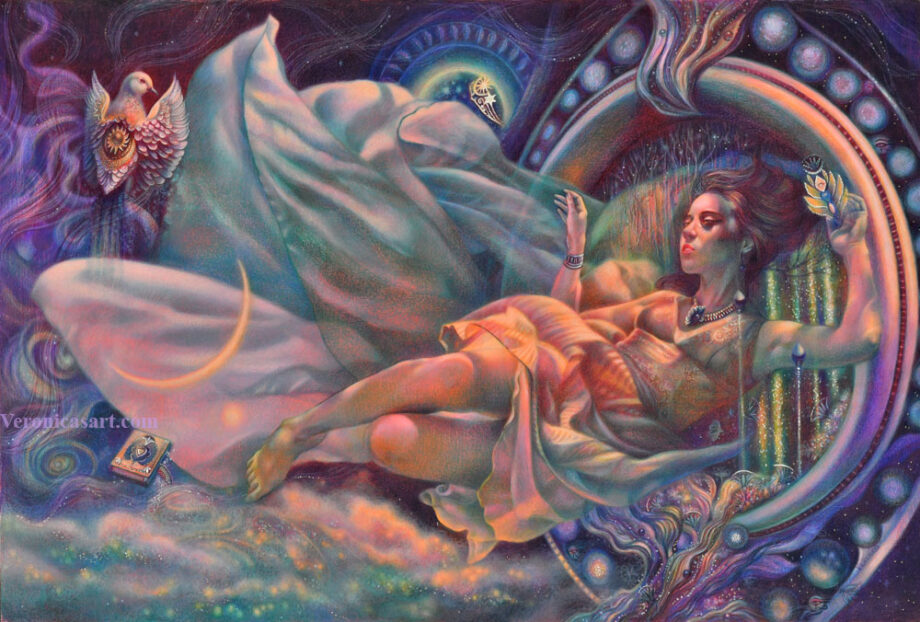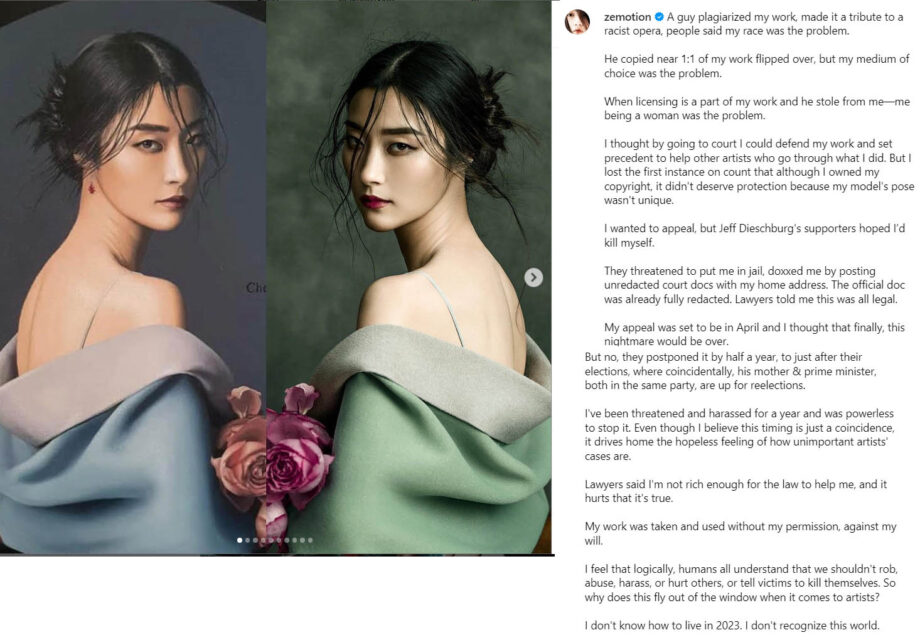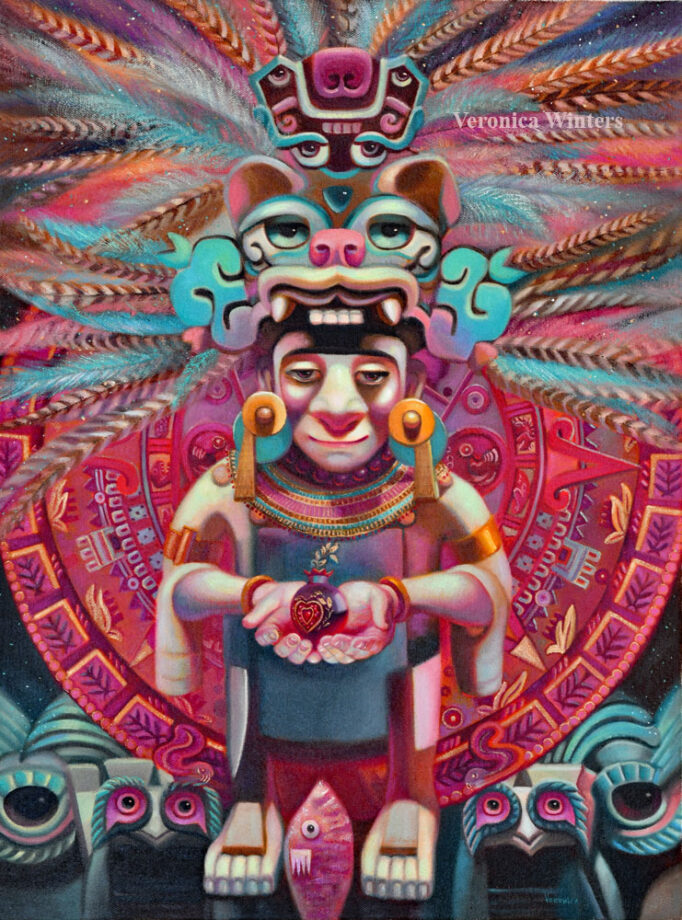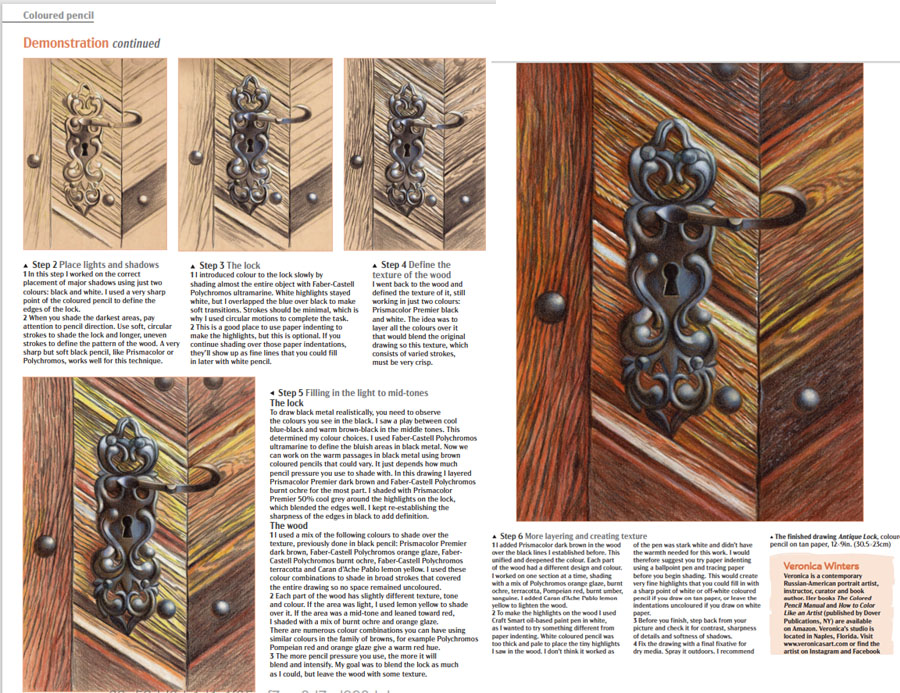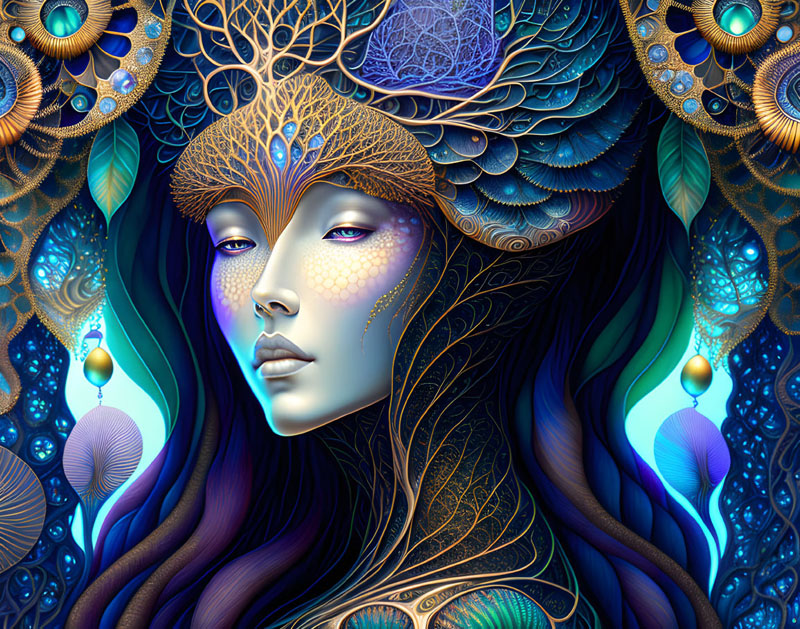In this podcast episode I summarize some basic rules to follow to protect your art from copyright infringement in the US. I discuss fair use, fan art use, copyright protection for art, copyright expiration dates, copyright use of photography, etc.
You can read about this topic here: https://veronicasart.com/copyright-law-for-artists-rules-to-protect-and-avoid-copyright-infringement-of-original-art/
If you find this episode helpful, please share it with your friends or
Subscribe & rate this podcast on Spotify and Apple | Show your support for the podcast: here | Host: Veronica Winters, MFA | veronicasart.com
Podcast: Play in new window | Download
